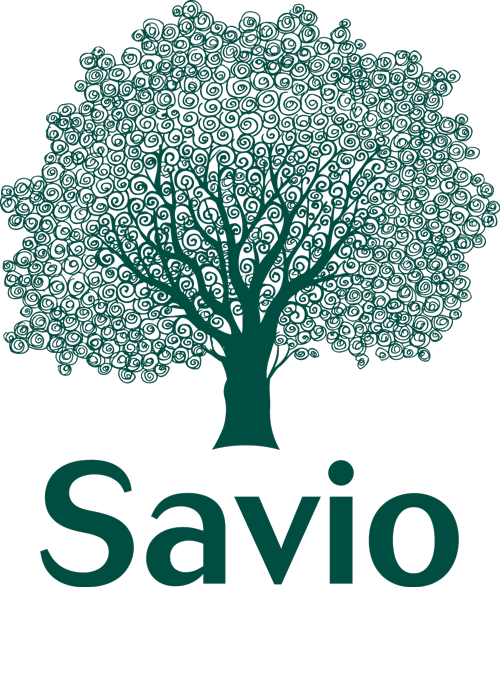What does success look like for a Savio family?
Positive family outcomes are incredibly important to organizations like Savio. They help tell potential supporters that we can provide families with the services that they need to be successful, allowing for us to get funding. They demonstrate that we are using the correct interventions that give families the best possible chance at improving their mental and behavioral health. And most importantly, a positive outcome means that one more family has been able to strengthen their relationships and heal together.
What defines this positive outcome?
At Savio, families help to determine what success means to them. A positive outcome has two requirements, that the family can complete the program by reaching most their individualized treatment goals and that the children are not removed from the home, or were able to find stability in their current home.
These individualized goals can be anything. For some families it includes addressing a teen’s truancy rate, helping a child learn to communicate their feelings and needs, or providing the parents with the tools that they need to be able to manage their children’s behavior. Savio staff work with families in 11 different evidence-based models to provide them with the best way to make these goals a reality.
For Ashley, and her eight-month-old daughter Janae, these goals included completing three of the parenting protective skills sections in one of Savio’s preventative models, SafeCare.
Ashley and Janae were referred to Savio when a nurse expressed concern during a pediatrician appointment. While there was no need to open a child welfare case, it was apparent that Ashley needed help learning how to be a strong parent to her daughter. Ashley had experienced domestic violence and although she was currently sober, had struggled with alcohol use disorder in the past.
The first section that the family completed was to improve parent-infant interaction. This helped Ashley to strengthen her skills by structuring daily activities and schedules, increasing positive interactions, and preventing challenging behaviors. The next section that the family completed was the health section, this helped Ashley to be able to identify common childhood illnesses and injuries and learn how to care for Janae when she was sick. The final section that the family covered was safety.
For Ashley and Janae, the safety section took a little bit deeper of a dive than for most families. Most families work to eliminate safety concerns around the home and to fully childproof their home. Ashley however, voiced her concern about some of the behaviors of her live-in boyfriend. She was beginning to see some of the warning signs she had seen previously in her life before experiencing domestic violence.
He was yelling a lot. And he was trying to financially control Ashley. He would slam his hands down on the counter in bits of rage.
Her therapist conveyed to Ashley how important it was for her and her daughter to be safe, and how much of an impact domestic violence could have on Janae’s development. She told her how important it was for Janae to have a strong, happy, healthy mother.
One morning, Ashley called her therapist. They had left their home late last night and were now staying in a hotel. Ashley’s boyfriend had been shouting, and she was worried he was going to get physical.
She had seen this before, but this time she had support telling her that she would be capable of leaving. Ashley remembered everything her therapist said about protecting her daughter’s safety, packed up their things, and left.
Savio was able to provide Ashley with some financial support for her to travel to Nebraska and be closer to her family. Her and Janae are staying with her parents until she can get a job and get back on her feet. She has reached out to a local SafeCare provider about continuing the program.
Ashely, successfully demonstrated what parent's can do to protect their children when they receive the support that they need. Her goal may have been to complete the three SafeCare sections, but in the end, Ashely did so much more. She kept her daughter, and herself, safe.

